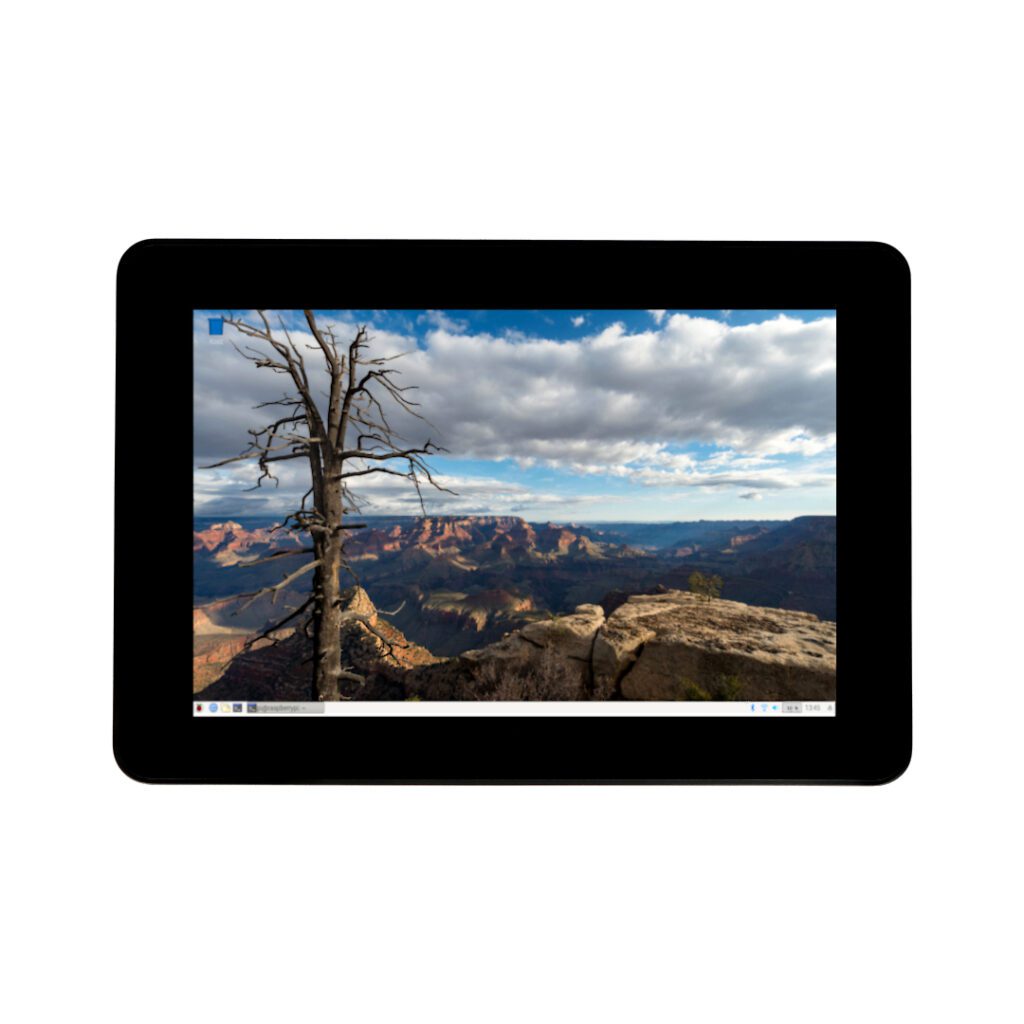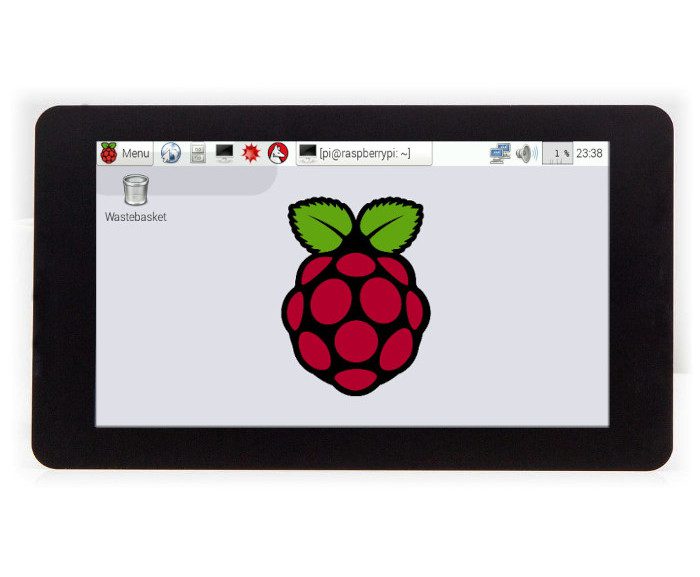Table of Contents:
Raspberry Pi-compatible displays are ideal for presenting current information related to one or more indicators.
In addition, they allow you to easily and quickly navigate the operating system menu (using the connected keyboard).
On the market you can find Raspberry Pi monitor made with LED, LCD, OLED and TFT technology.
E-paper displays and segmented models are also available.
What else is worth knowing about displays?
What can they be used for?
Displays for Raspberry Pi - basic information
The sizes of displays compatible with the Raspberry Pi minicomputer range from 0.9 inches to 14-inch panels that can be used as full-size monitors.
Such a variety of sizes allows the display to be tailored to specific project requirements.
Touchscreen displays (capacitive and resistive) are of particular interest.
Such devices provide interactivity at a level known from smartphones and tablets.
They allow direct control of applications and the system by touch.
Computer panels - compact size and high computing power
Panel computers, thanks to their compact size, while at the same time large data processing capabilities, stand out for their versatile application.
They perform perfectly, among other things.
In industry, serving as control panels for machines or acting as independent industrial computers.
Selected models guarantee high resistance to mechanical damage and external factors.
A good example is iTouchSystem Raio 10.1 R4 Protected by a steel housing.
Integration of the Raio series touch screen with the Raspberry Pi allows you to create a functional panel computer.
The screen together with the minicomputer can be mounted, for example, on a wall or operator panel.
The device supports mounting VESA 100 × 100 mm.
Rozdzielczość na poziomie 1280 × 800 provides a clear and sharp image.
In turn, the display’s maximum brightness of 250 cd/m2 guarantees excellent visibility even in very bright rooms.
How to connect the display to the RPi?
Connecting displays to a Raspberry Pi minicomputer is quick and easy.
With built-in communication interfaces and cables supplied as standard, you can connect the display to the RPi virtually out of the box.
HDMI ports are used to transfer video from the Raspberry Pi to the connected screen.
For touch displays, the microUSB port is responsible for transferring touch data from the screen to the minicomputer.
This makes it possible to interact with the device by touch.
Official screen for Raspberry Pi
The official capacitive touchscreen for the Raspberry Pi is designed to provide users with a comfortable and intuitive interface.
The diagonal of the display is 7 inches, while the resolution at 800 × 480 provides excellent image sharpness.
This screen is an ideal tool for developing interactive applications, home automation systems and mobile workstations.
The touchscreen is compatible with Raspberry Pi versions 5, 4B, 3B+, 3B, 2B and 1B+, thus providing universal use.
Thanks to the display ‘s capacitive touch technology, it guarantees smooth and responsive operation.
The official screen is refreshed at a maximum of 60 frames per second.
In addition, it features 24-bit color depth offering natural color reproduction.
Viewing angles of 70 degrees ensure comfortable use of the screen from different positions.
Additional information about the official display
Communication with the Raspberry Pi minicomputer is via the DSI port, guaranteeing a stable and fast connection, which is necessary for image and touch data transfer.
The dimensions of the screen are 155 × 86 mm, and the overall dimensions of the board are 194 × 110 × 20 mm.
In everyday use, this means compactness and enough space for comfortable use.
The power supply for the screen is provided by the connecting cables included in the kit.
This eliminates the need for additional power supplies.
Drivers for the screen are already installed in the official Raspberry Pi OS, so running and configuring it is no problem at all.
Other monitors for RPi
Some screen models are equipped with enclosures that not only protect the device, but also allow the Raspberry Pi minicomputer to be mounted directly on the back of the screen.
This solution allows forbetter organization of the workspace and minimization of cables.
When selecting a display for Raspberry Pi projects, attention should be paid to the type of interface used for communication between the display and the mini-controller.
The communication interface must be tailored to the specifics of the project, taking into account factors such as data transmission speed, the need to support high-definition video signals and requirements for minimizing latency.
The most commonly used communication interfaces are DSI (from Display Serial Interface), which is especially recommended for LCDs requiring high-speed data transmission.
Other popular interfaces are GPIO (for General Purpose Input/Output) and GPIO+DPI (for Display Parallel Interface).
They are ideal for projects requiring additional pin configuration.
Additional communication interfaces
The aforementioned HDMI (for High-Definition Multimedia Interface) and the HDMI+GPIO and HDMI+USB variants provide high-quality video and audio transmission.
They are ideal for media and entertainment projects.
I2C (Inter-Integrated Circuit), on the other hand, is preferred for devices requiring a simple two-way and serial connection.
Other communication interfaces for Raspberry Pi-compatible displays are SPI (Serial Peripheral Interface) and SPI + I2C.
They are used in applications that need fast data transfer with relatively low power consumption.
Selected displays use USB (Universal Serial Bus).
This is a universal interface that provides easy configuration and support for a variety of devices.
How useful was this post?
Click on a star to rate it!
Average rating 0 / 5. Vote count: 0
No votes so far! Be the first to rate this post.





















